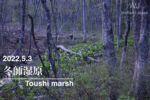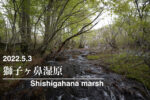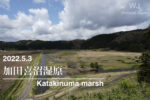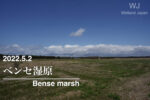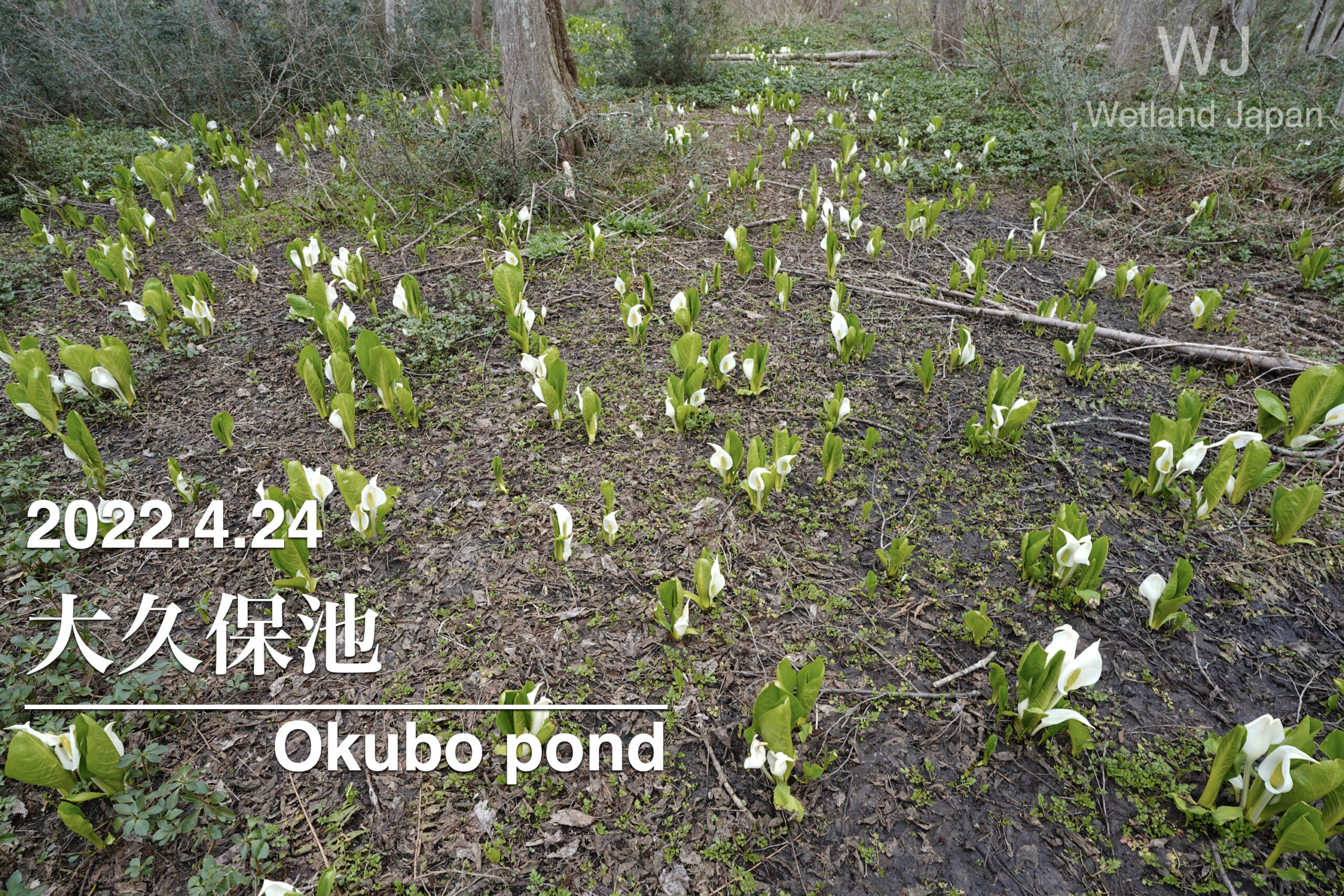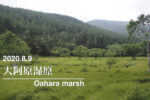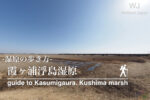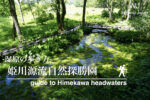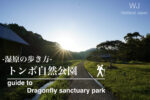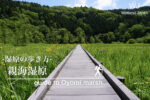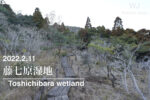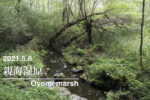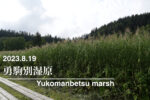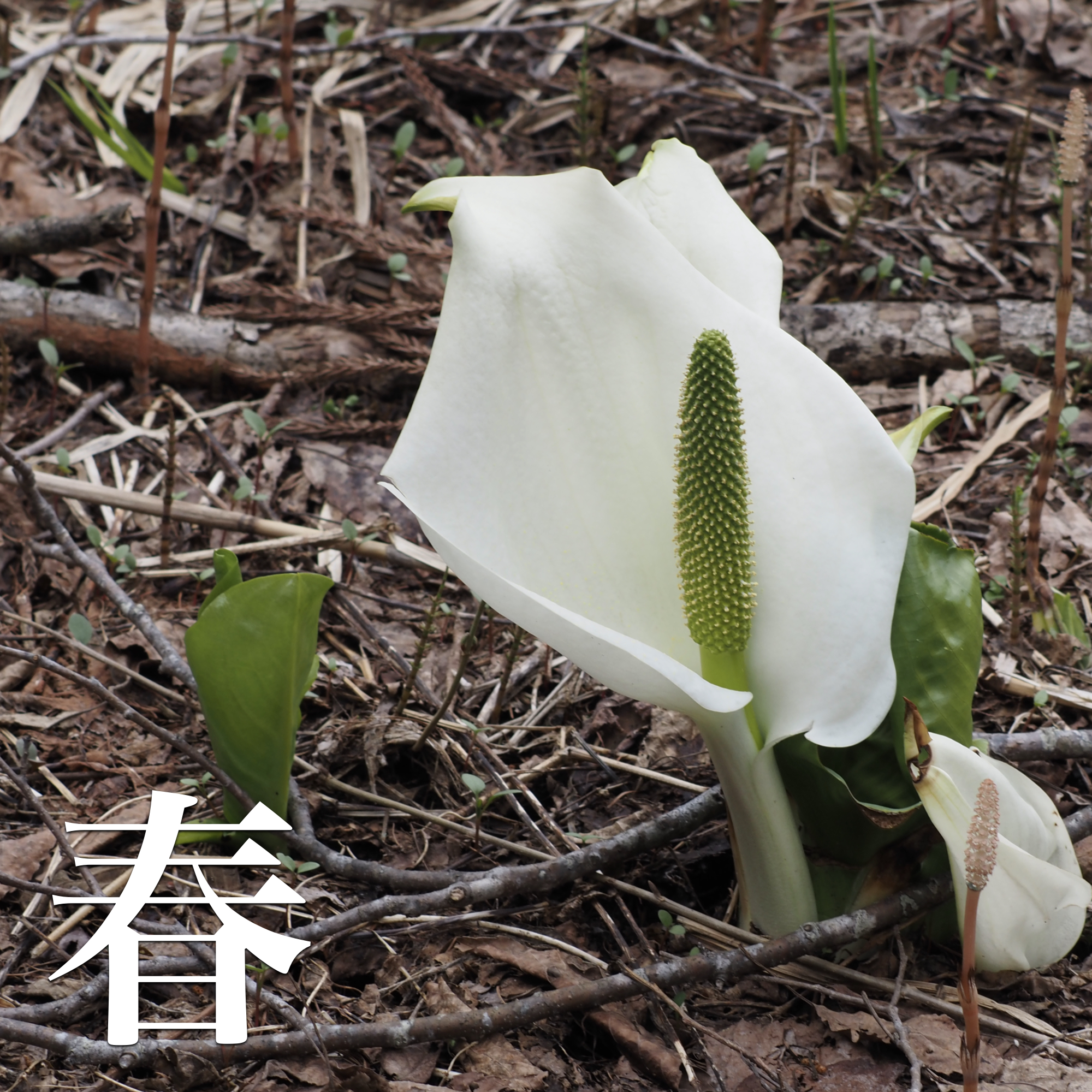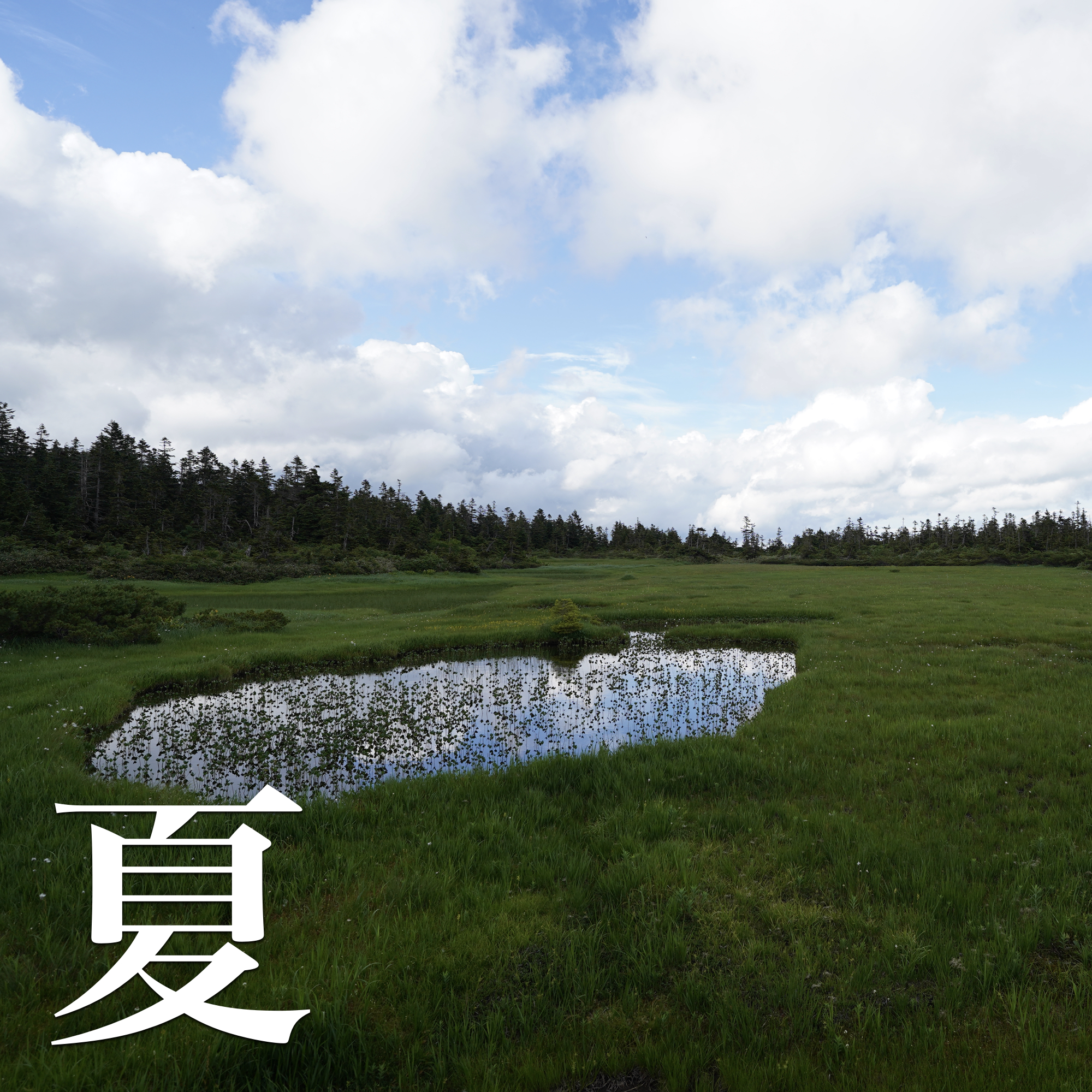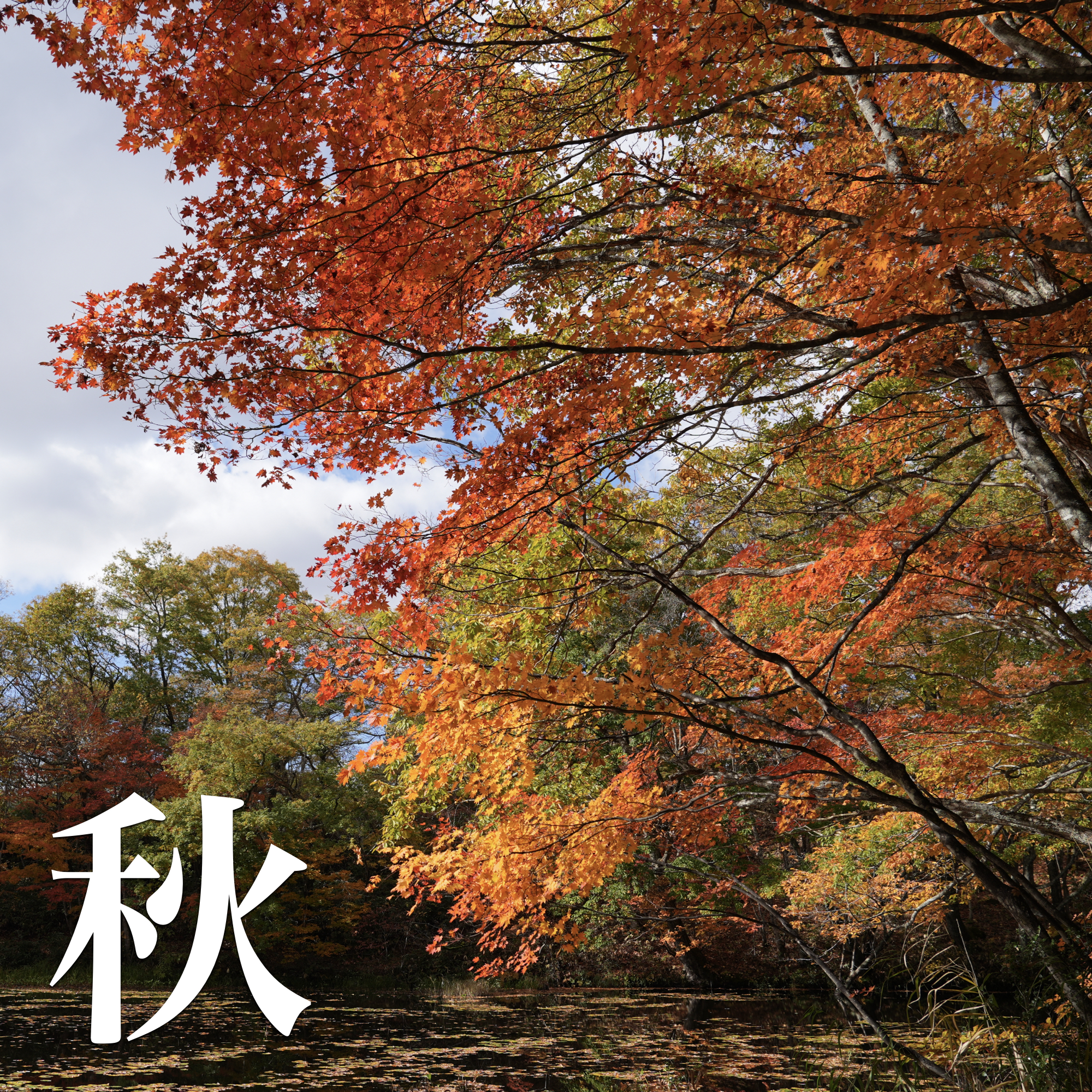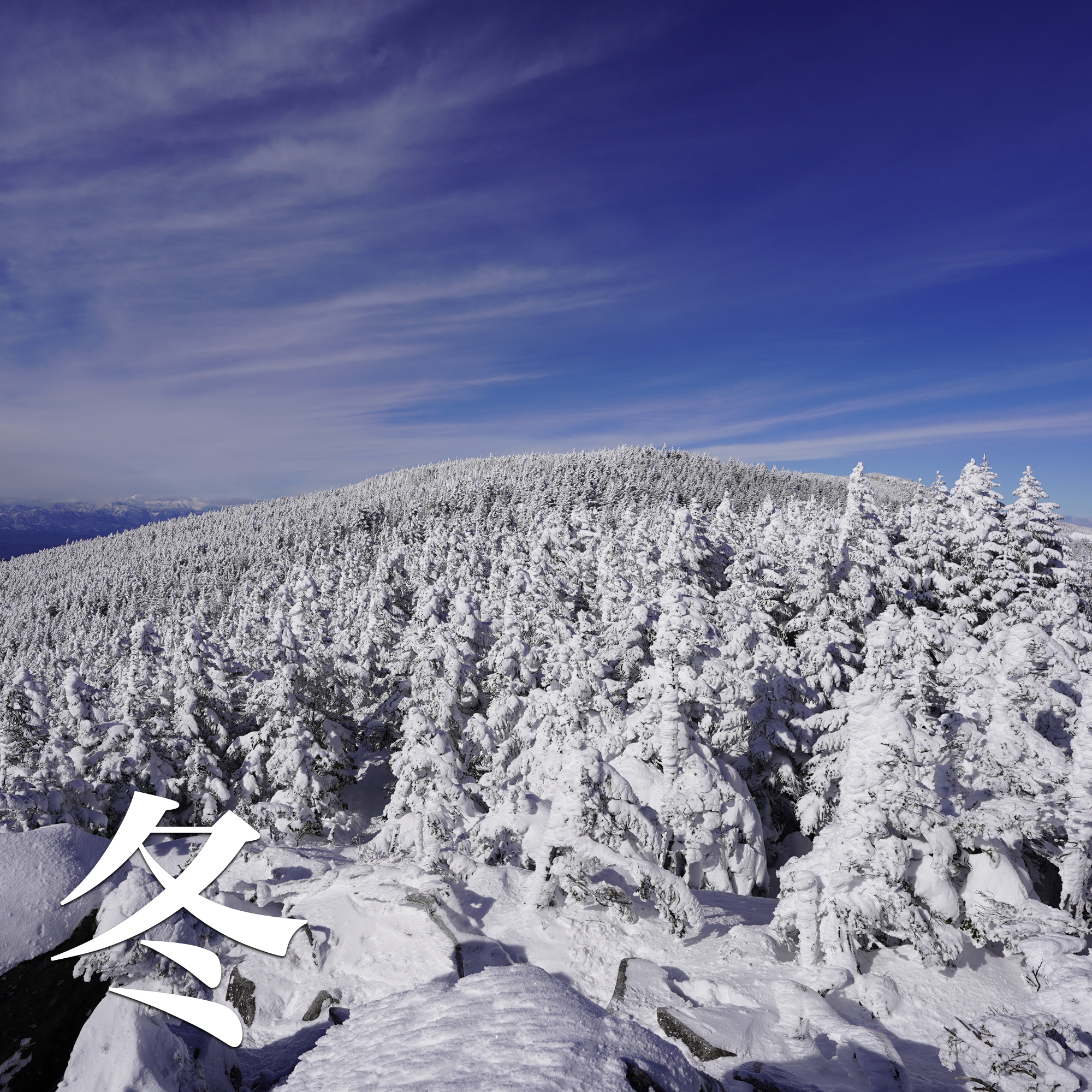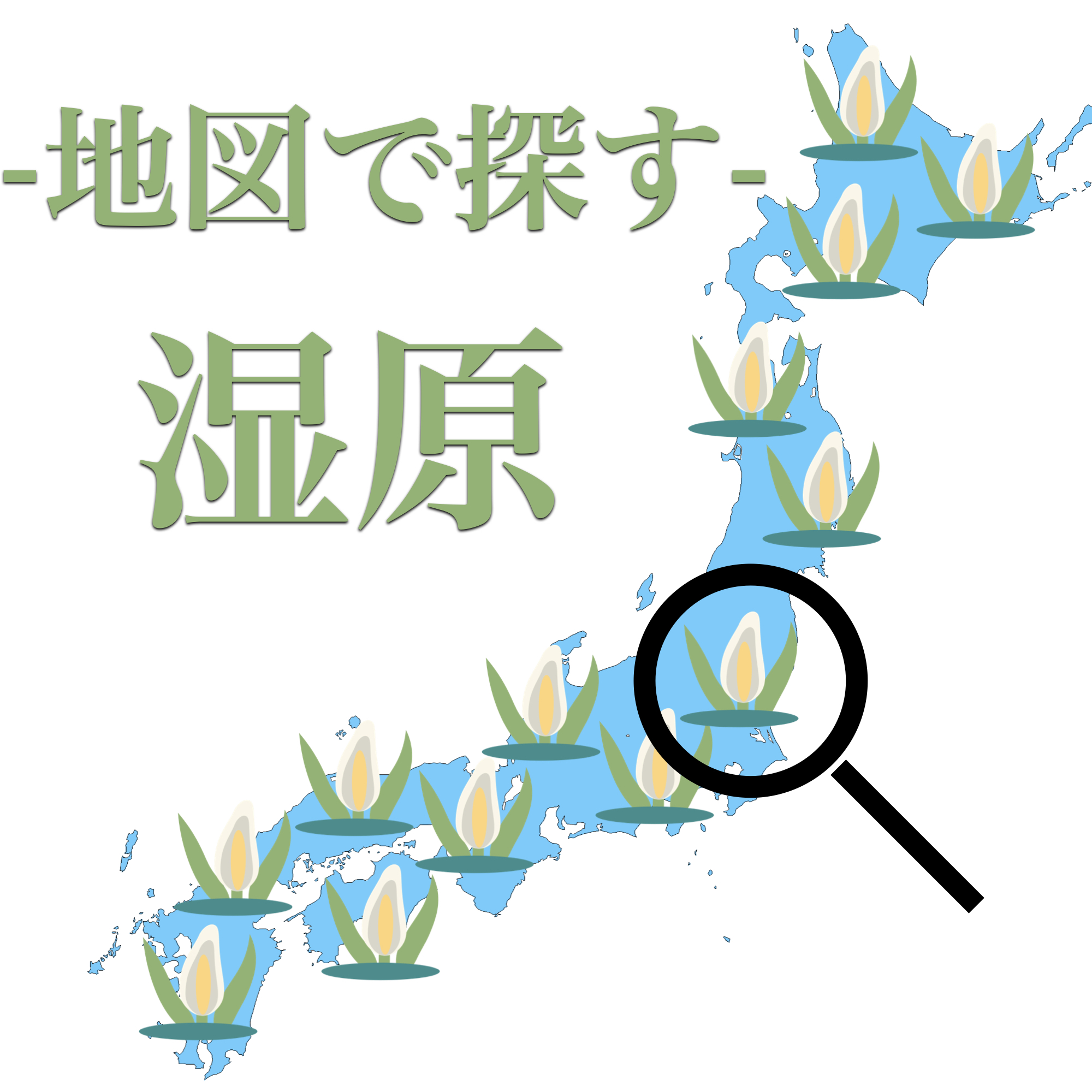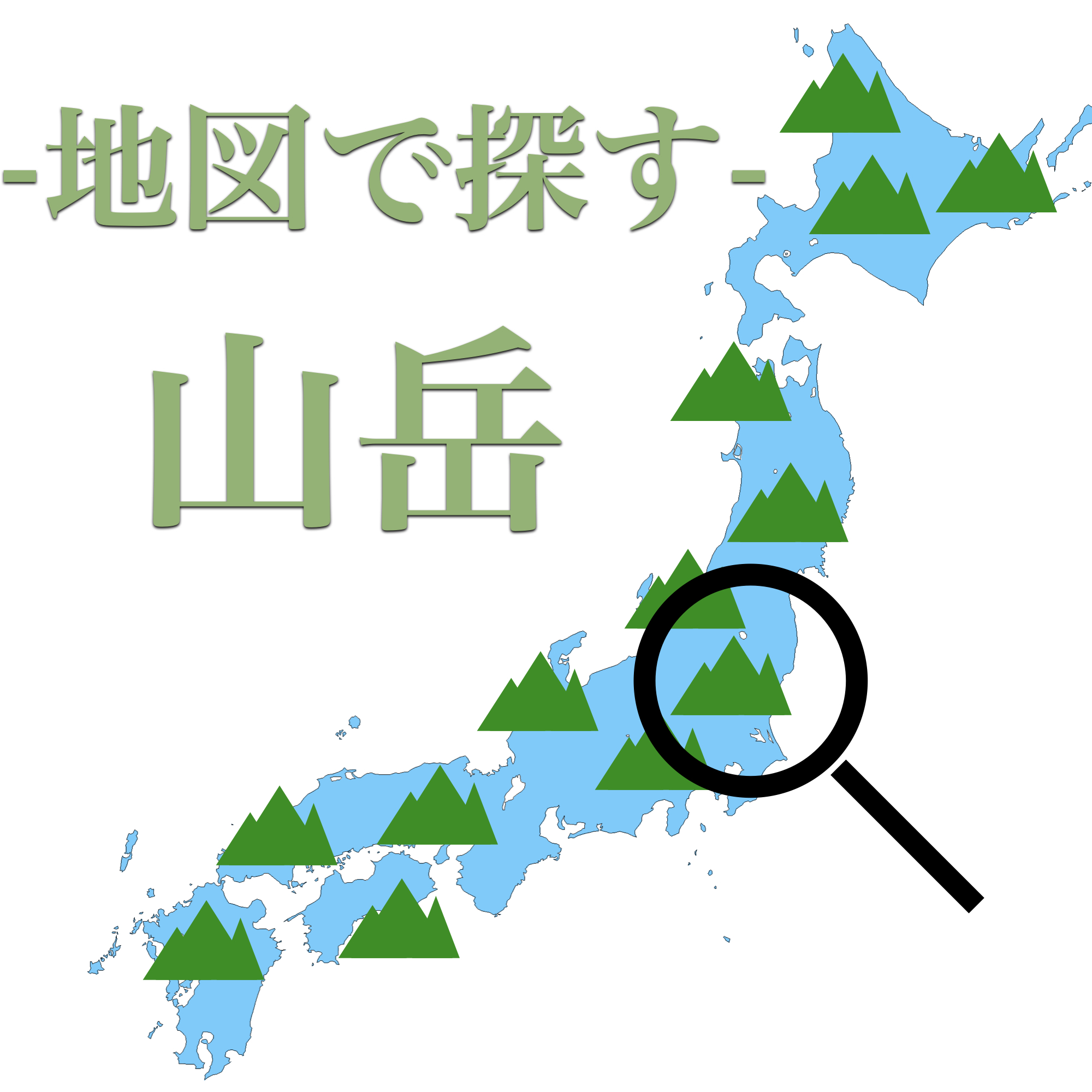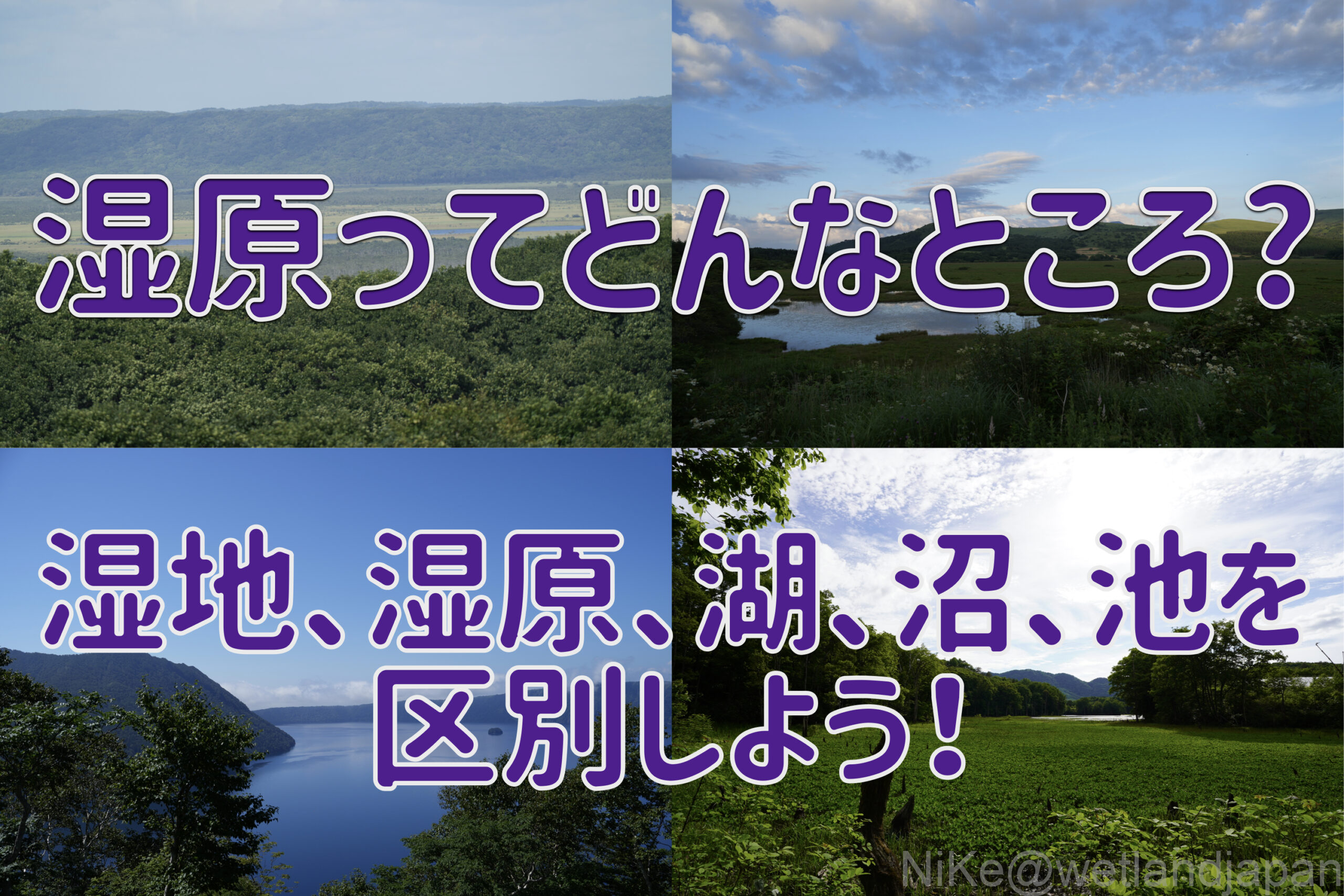
As you explore around, you will come across various names such as "marsh," "wetland," "pond," "swamp," and "lake."
I think I can vaguely tell the difference, but I can't clearly put it into words.
Here are some words you should know if you are exploring the marshes:
table of contents
wetland: Water Environment
first,The biggest concept is wetlandsis.
A wetland is an environment in which water exists at or just below the surface for much of the year.
The scope is very broad, and seems to include not only natural landforms such as lakes, swamps, wetlands, ponds, groundwater systems, tidal flats, mangroves, seaweed beds and coral reefs, but also artificial environments such as rice paddies, irrigation ponds, reservoirs and dams.
So what about the sea?
According to the Ramsar Convention, an international treaty for the protection of wetlands, wetlands include marine areas with a depth of no more than 6m at low tide.
To summarize, any environment with water, including natural and artificial environments, is called a wetland.
In other words,Most areas with water are wetlandsThat is what it means.
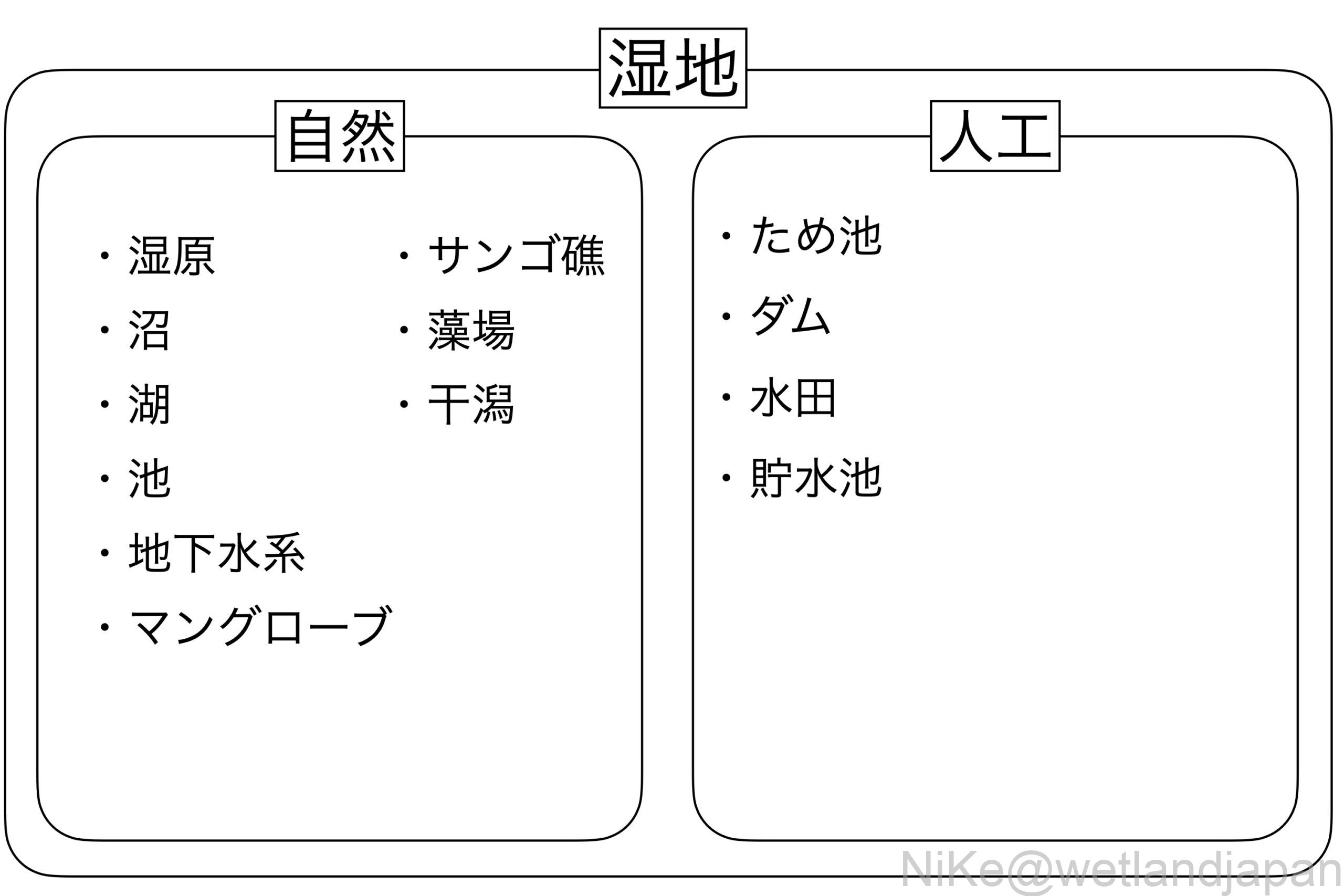
Marshland: Wet grassland
A marsh is a type of grassland that lives in a cool, humid environment.
Depending on whether peat is present or notpeat pondandNon-peatlandIt can be divided into:
In peatlands, the low temperature and humid environment means that there is a lack of microbial decomposition, and the remains of dead plants accumulate as peat without decomposing.
Peat has a high water retention capacity, resulting in the formation of grasslands covered with aquatic plants.
Due to its unique environment, it is home to a variety of living organisms and is considered important from the perspective of preserving biodiversity.
For example, the Kushiro Marsh in Hokkaido and the Yashimagahara Marsh in Nagano Prefecture have been recognized for their importance due to their history and ecological diversity and have been designated as national natural monuments.
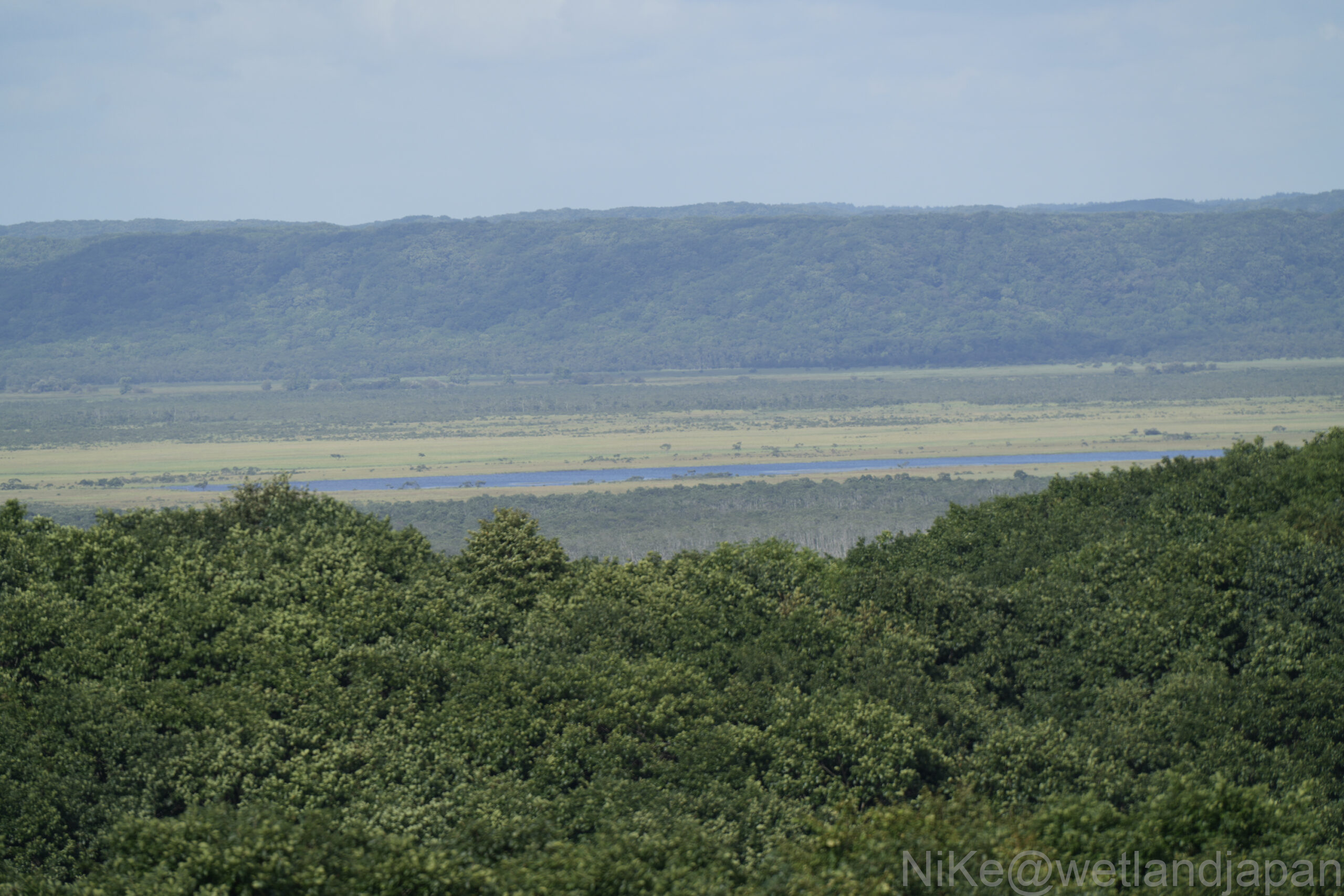
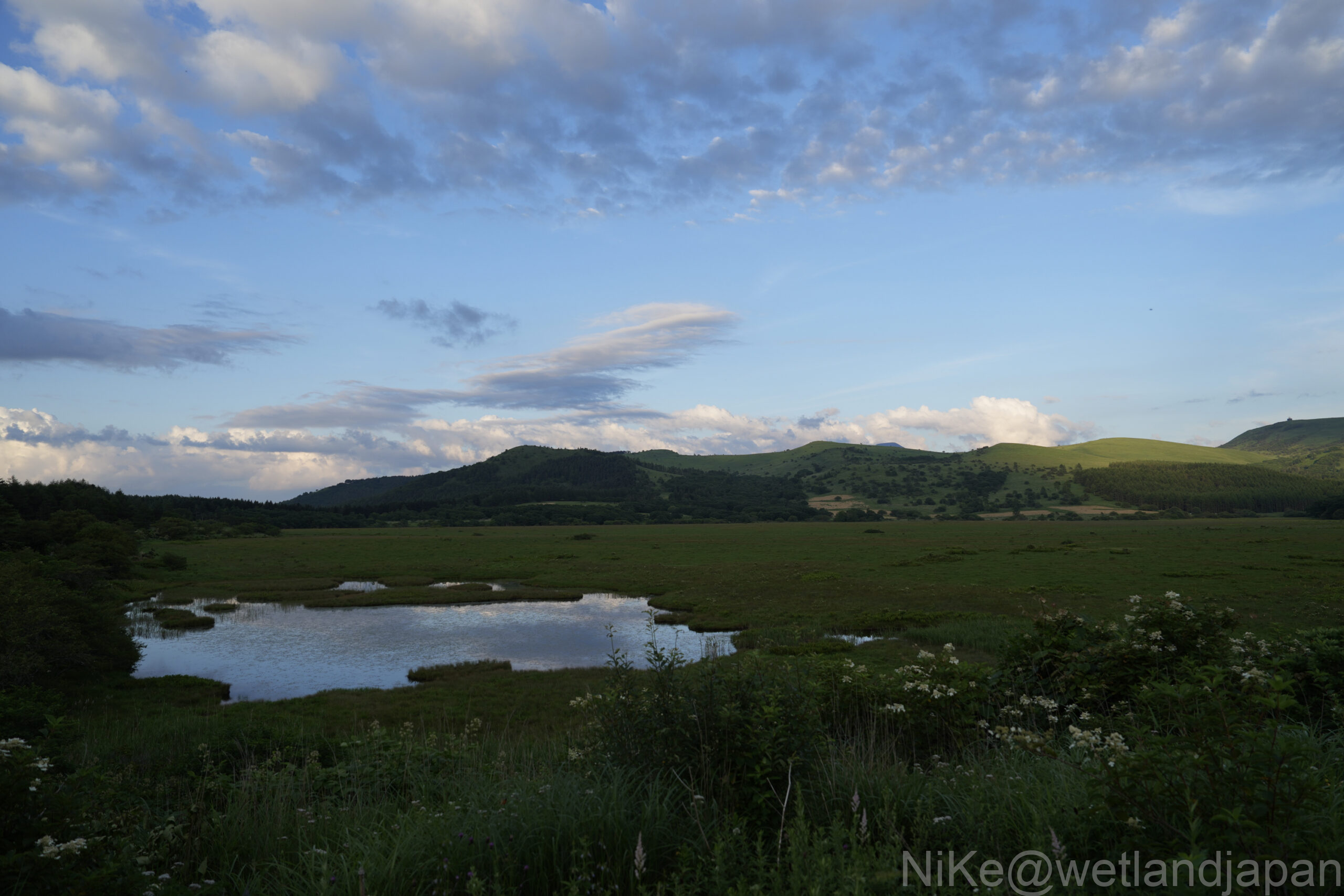
Non-peatlands are wetlands where peat does not form because plants are decomposed by microorganisms, even though they have a lot of moisture.
The soil is composed of inorganic materials such as sand and clay, so it has good drainage and is often a wetland environment that plays a role in purifying water.
It is also characterised by the wide variety of herbaceous plants and shrubs that grow there.
There are many such marshes in the Tokai region, one example being the Ashimo Marsh in Aichi Prefecture.

There are also exceptional cases of artificial wetlands.
Takigashira Marsh was created by reusing the site of a former village where people once lived.
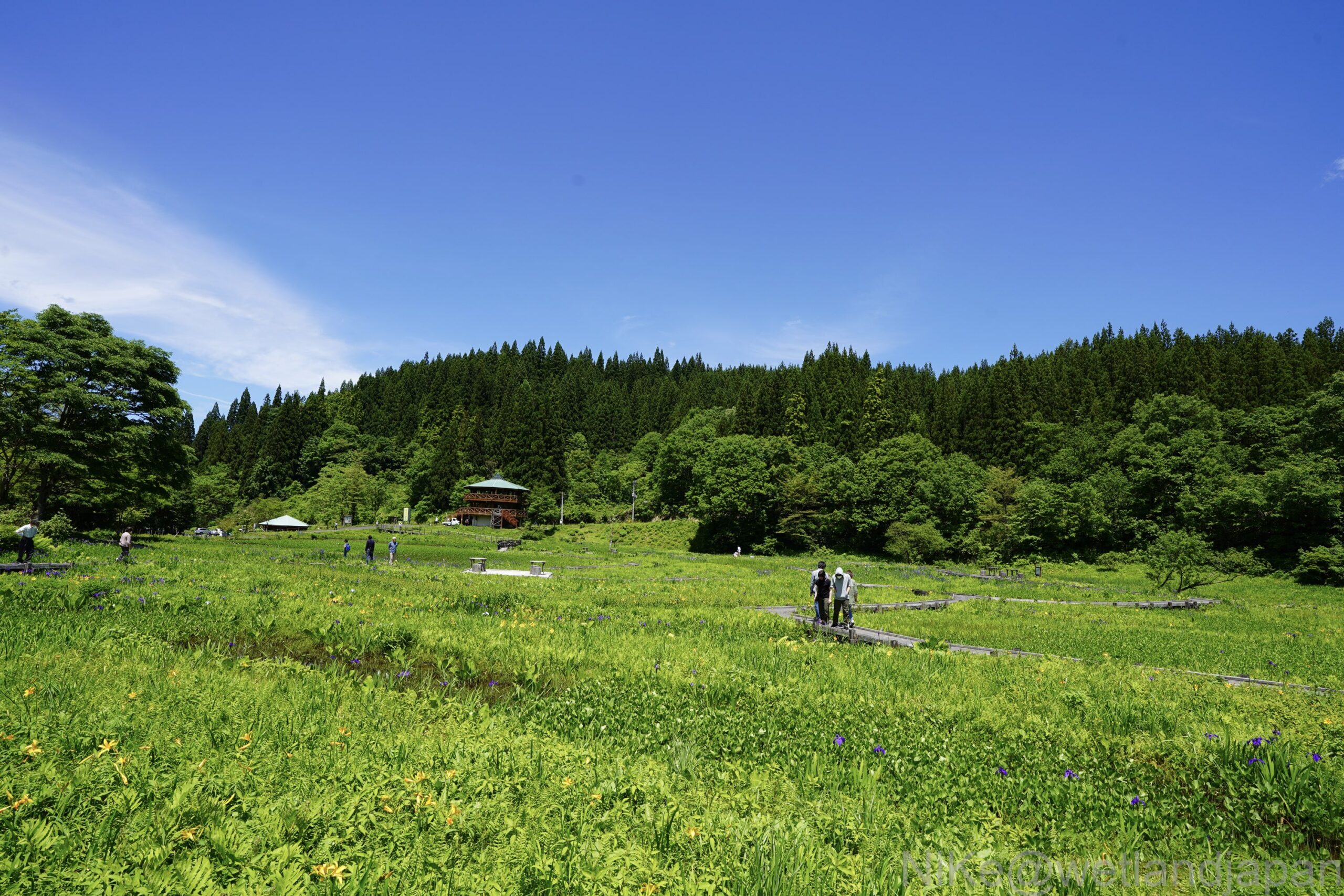
Lake vs Swamp vs Pond
These three seem to be classified along two axes: natural/artificial and depth.
Lake: deep and wide waterTopography
A lake is essentially a large, deep body of water surrounded by land.
Specifically, the plants are restricted to the lake shore and are not found in the deeper central area.
There are natural ones and artificial ones.
▼ Natural lakes formed by natural phenomena such as glaciers, crustal movements, and volcanic activity.
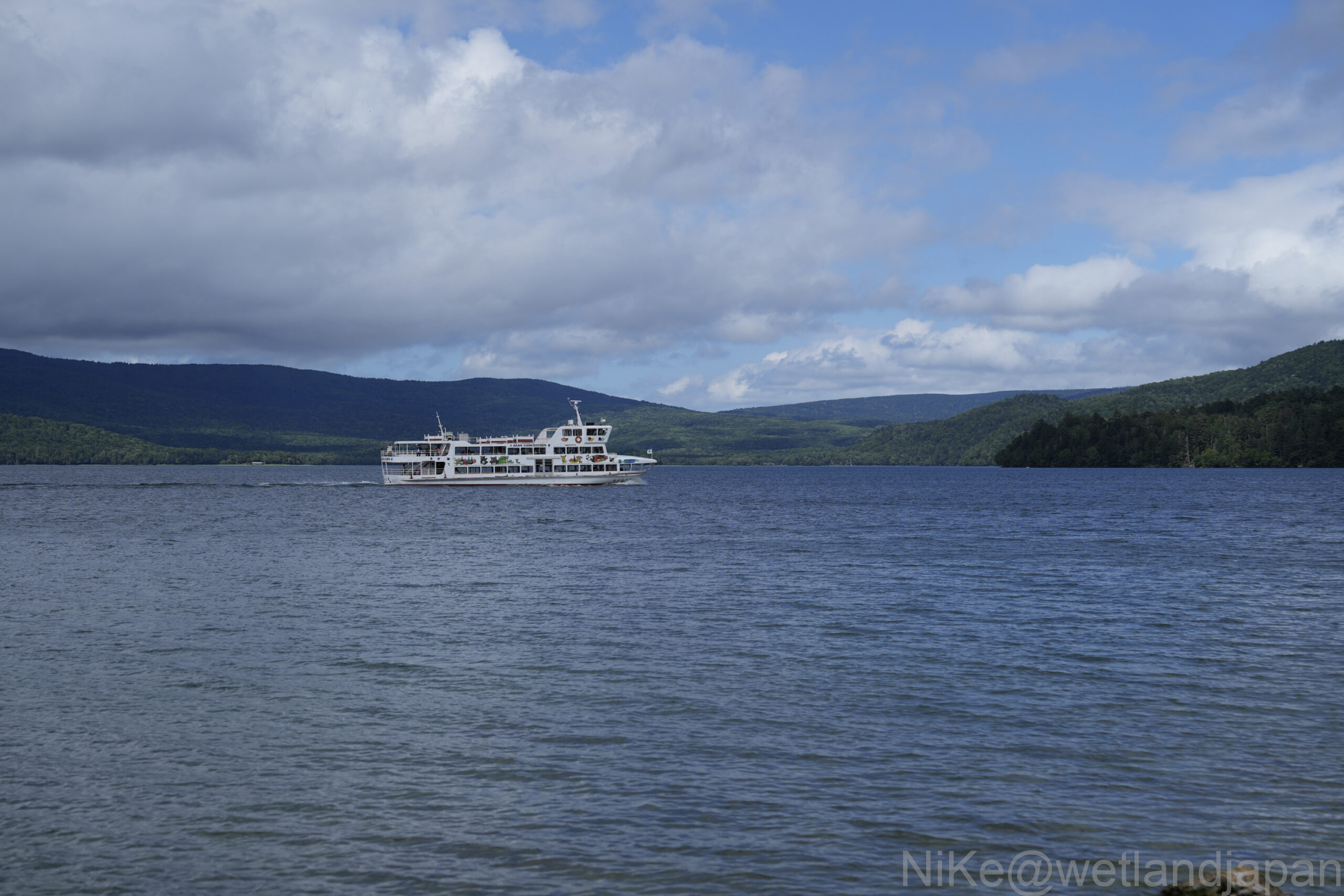
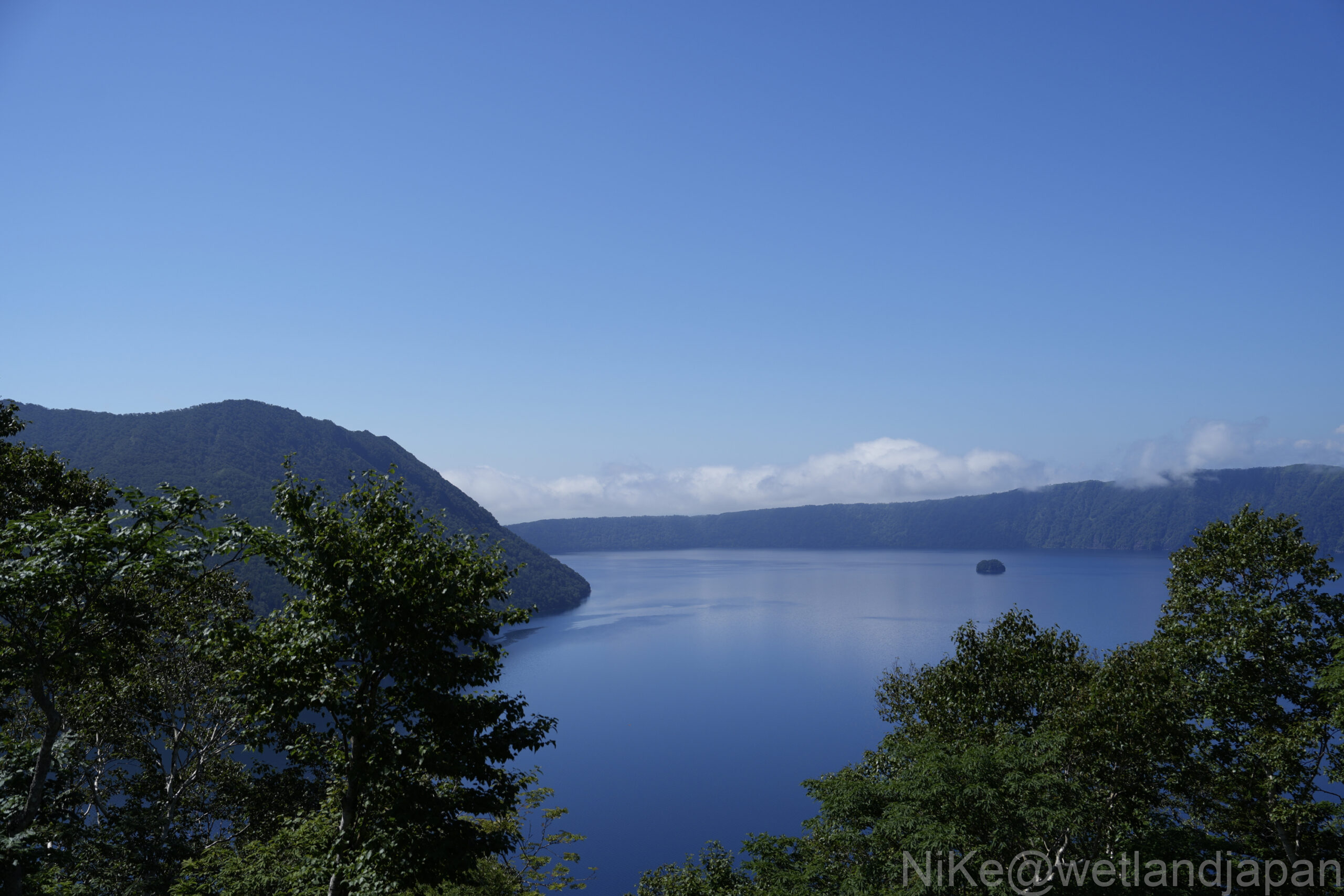
▼An artificial lake created by humans, such as through the construction of a dam
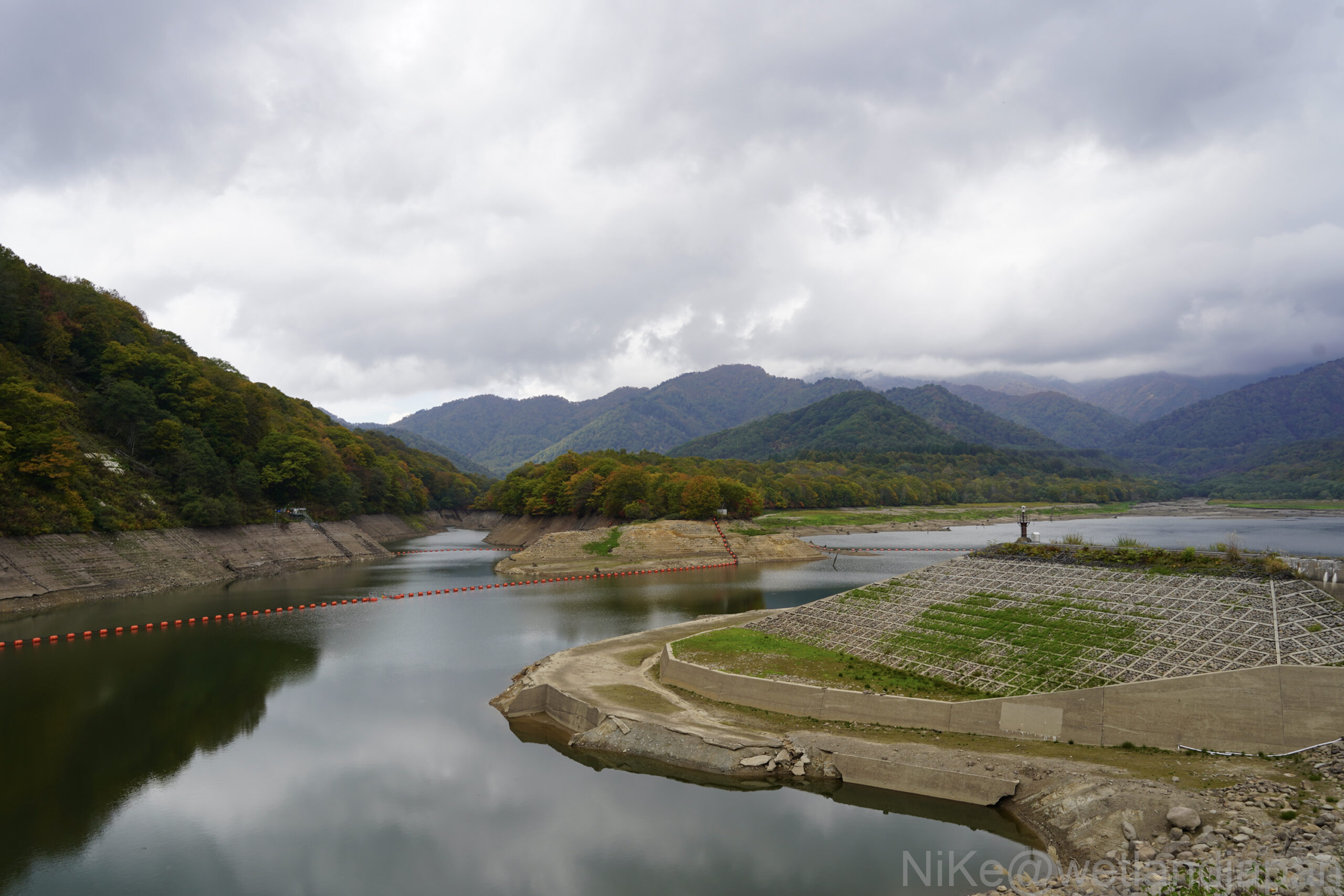
Swamp: a small, shallow natural formation
A swamp is a natural water feature that is generally shallower than a lake and allows vegetation to grow across the entire bottom of the body of water.
Swamps are soft, moist areas rich in mud and organic matter that provide ideal habitats for aquatic life and birds.
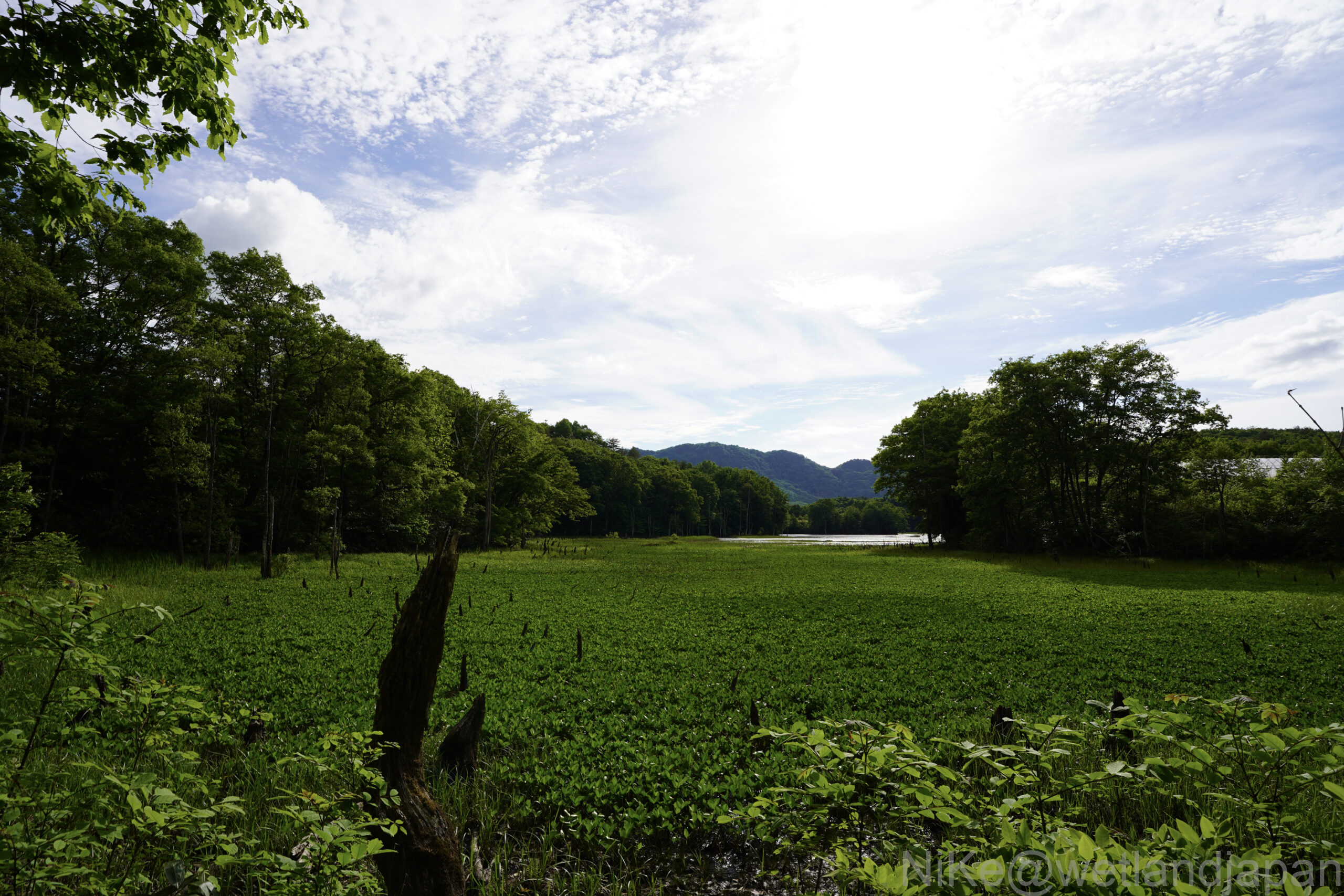
Pond: A small artificial body of water.
A pond is smaller than a lake or a swamp.
Like lakes, there are both man-made and natural ones.
Imori Pond in Niigata Prefecture was used as a reservoir.
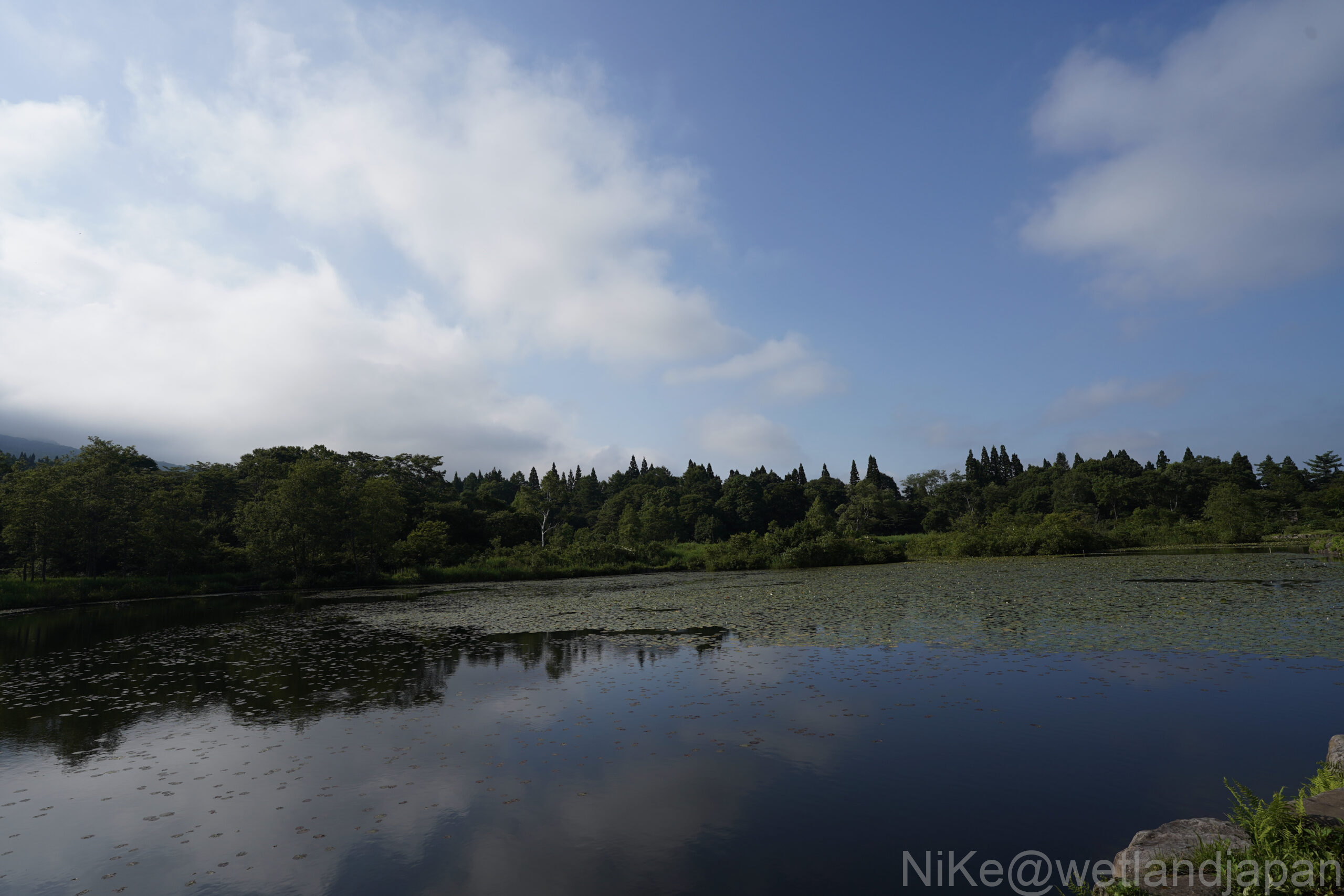
Small bodies of water that form naturally can also be called ponds.
Shibuike in Nagano Prefecture is a natural pond located in the mountains.
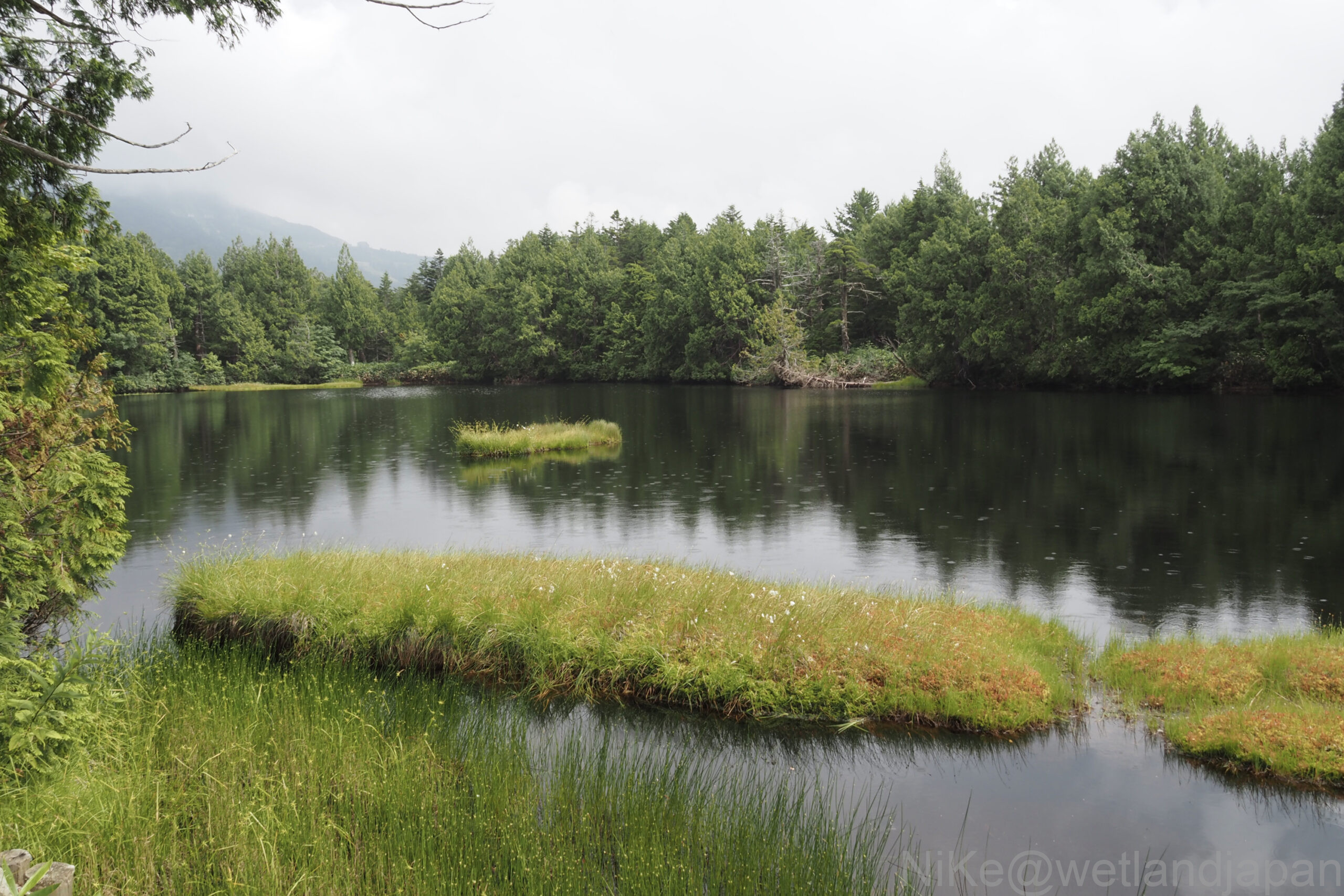
summary
I had a vague idea of the difference, but it wasn't clear to me, so now I feel refreshed.
As my knowledge increases, the resolution of what I see also improves, making exploration even more fun!
I'm sure there are some exceptional names, so I'd like to try and find them.
